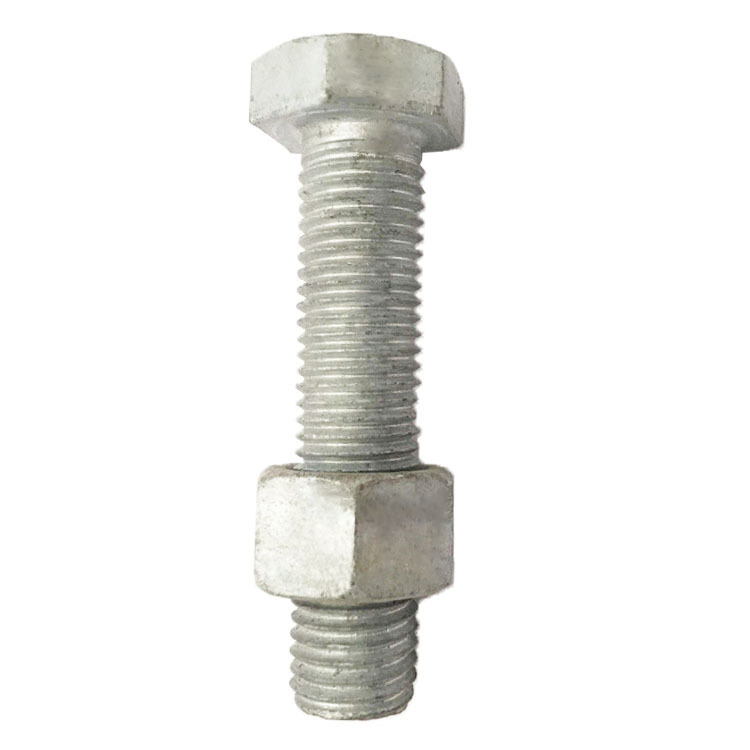

Self-Drilling Hex Head Screws for Efficient Construction and Fastening Solutions
Nov . 27, 2024 09:06 Back to list
Self-Drilling Hex Head Screws for Efficient Construction and Fastening Solutions
Understanding Self-Drilling Hex Head Fasteners
When it comes to construction and engineering, the importance of robust fastening systems cannot be overstated. Among the vast array of fasteners available in the market, self-drilling hex head screws stand out for their unique design and functionality. These fasteners have revolutionized how builders, engineers, and contractors approach various fastening applications, thanks to their efficiency and reliability.
What are Self-Drilling Hex Head Screws?
Self-drilling hex head screws are specialized fasteners that combine the features of a screw and a drill bit. The hex head design signifies that they can be tightened using a hexagonal socket or wrench, providing excellent torque transfer. The defining feature of these screws is the built-in drill point, which allows them to penetrate and create a hole in various materials without needing a pre-drilled pilot hole. This makes them an essential choice in many applications, especially in metal and wood constructions.
Design and Features
The hex head design of these screws offers several advantages. Firstly, it allows for the application of high torque, which is crucial when securing materials that require a strong hold. The larger surface area of the hex head compared to traditional slotted or Phillips heads reduces the risk of stripping during installation, thus enhancing overall performance.
Additionally, self-drilling hex head screws typically feature a drill point that can vary in size and sharpness, allowing for versatility in applications. These drill points are engineered to cut through metal, wood, and even composite materials, making them suitable for a wide range of projects, from building frameworks to roofing installations.
Applications
self drilling hex head

Due to their versatility, self-drilling hex head screws are used extensively in various industries. In construction, they are favored for joining metal components, securing roof sheets, and attaching siding. Their ability to drill through materials reduces labor time and improves productivity, proving invaluable on job sites where efficiency is critical.
In the automotive and manufacturing industries, these fasteners are utilized for assembling parts and components, providing a reliable solution for workers who require quick and efficient fastening methods. The self-drilling feature eliminates the need for multiple tools, making it easier to complete tasks without unnecessary delays.
Advantages Over Traditional Fasteners
One of the biggest advantages of self-drilling hex head screws is their ease of use. As they do not require pre-drilling, installers can save significant time while achieving reliable results. This not only speeds up construction schedules but also minimizes labor costs, making them an economically viable option.
Furthermore, these screws offer great holding power once installed. The design allows them to grip materials securely, reducing the risk of loosening over time, which is particularly critical in environments subject to vibrations or shifting, such as in vehicles or heavy machinery.
Conclusion
In summary, self-drilling hex head screws represent a significant advancement in fastening technology. Their unique design merges the functionalities of drilling and fastening, offering a superior solution for a multitude of applications across various industries. With their ease of use, reliability, and efficiency, it’s clear why these fasteners have become a preferred choice for modern construction and engineering projects. Whether you’re a contractor, engineer, or DIY enthusiast, incorporating self-drilling hex head screws into your toolkit can enhance your projects, ensuring that they are completed effectively and efficiently.
Latest news
-
Hot Dip Galvanized Bolts-About LongZe|High Strength, Corrosion Resistance
NewsJul.30,2025
-
High-Strength Hot Dip Galvanized Bolts - Hebei Longze | Corrosion Resistance, Customization
NewsJul.30,2025
-
Hot Dip Galvanized Bolts-Hebei Longze|Corrosion Resistance&High Strength
NewsJul.30,2025
-
High-Strength Hot-Dip Galvanized Bolts-Hebei Longze|Corrosion Resistance&High Strength
NewsJul.30,2025
-
Hot Dip Galvanized Bolts-Hebei Longze|Corrosion Resistance&High Strength
NewsJul.30,2025
-
Hot Dip Galvanized Bolts - Hebei Longze | Corrosion Resistance, High Strength
NewsJul.30,2025

